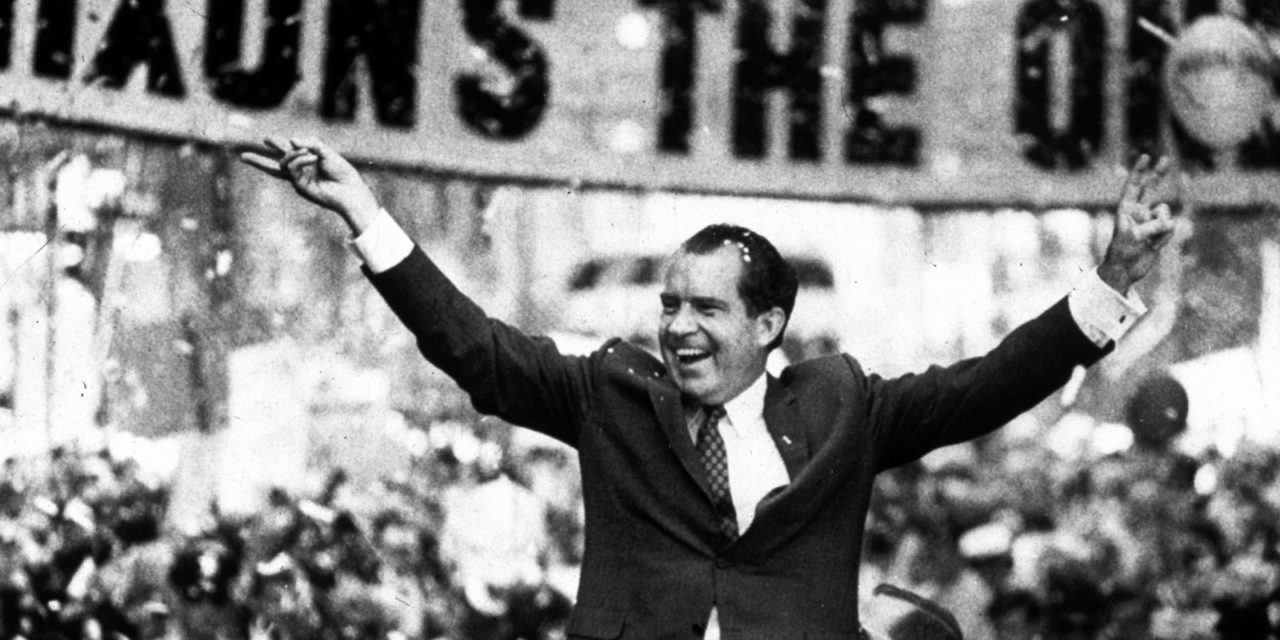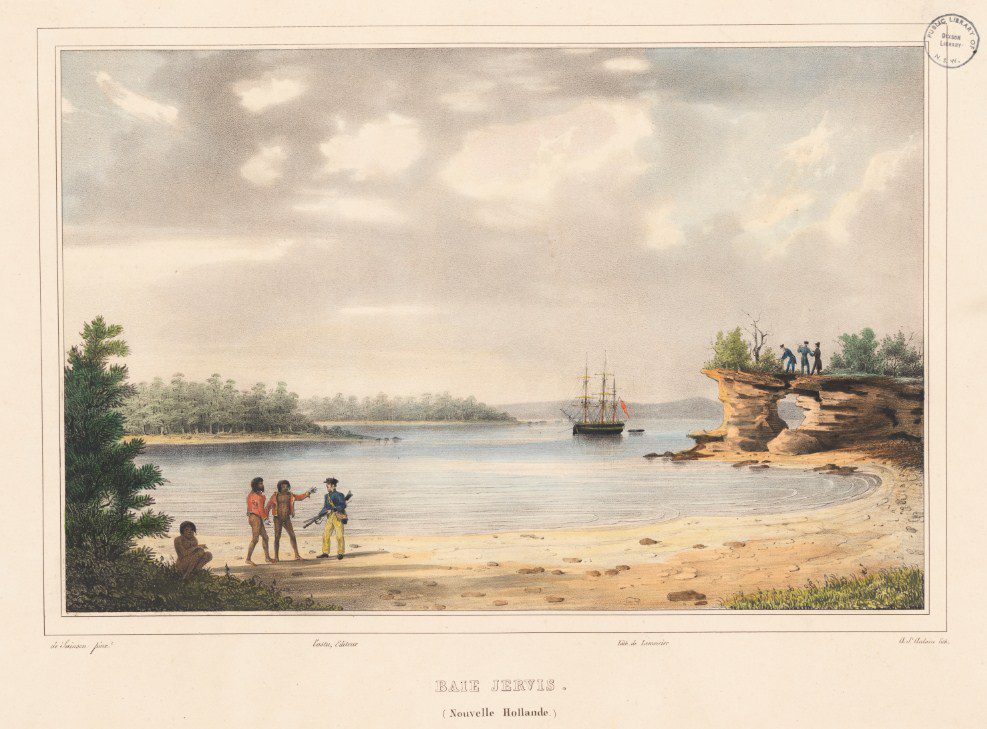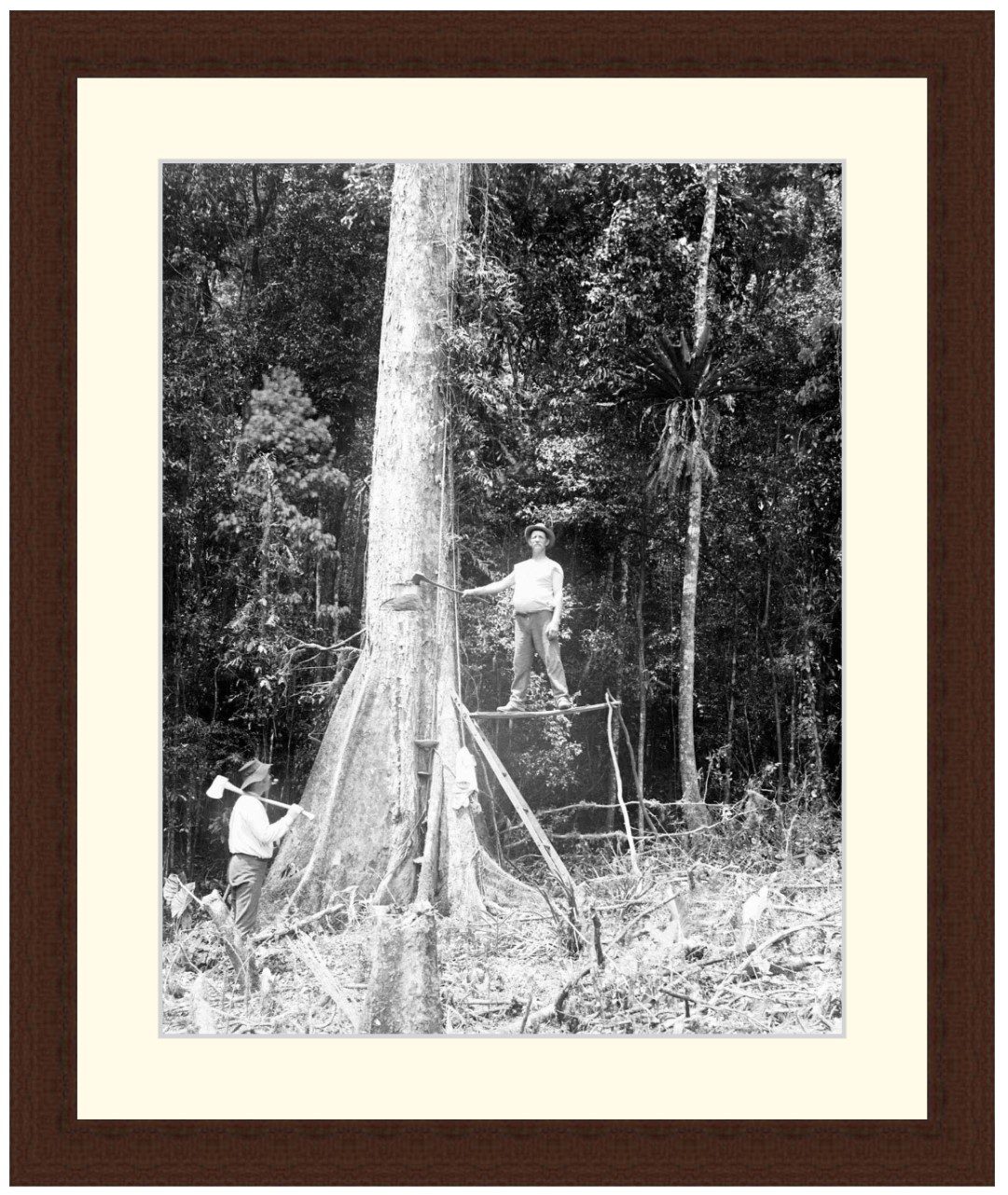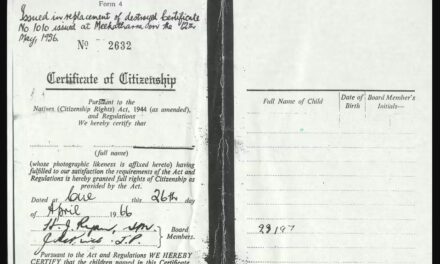Reading time: 6 minutes
When H. R. “Bob” Haldeman first described Richard Nixon’s “madman theory” in his 1978 memoir, The Ends of Power, few scholars paid serious attention. For those who did notice, the one-paragraph description of Nixon’s risk-laden strategy sounded like Haldeman was taking a cheap shot, calling his old boss crazy. After all, Nixon had seen his chief of staff resign and serve time for the Watergate cover-up. The “madman theory,” Haldeman wrote, was a “phrase…which I’m sure will bring smiles of delight to Nixon-haters everywhere.” Nearly half a century later, scholars have established that the rash ruse was central to Nixon’s strategy to fight the Cold War. The madman theory can also tell us a good deal about the famously elusive ex-president himself: how Nixon saw his career as he saw the superpower struggle, how life, for Nixon, proved to be laden with exhilarating risk, peril and a series of tests of will against determined foes.
By Zachary Jonathan Jacobson
According to Haldeman, Nixon promised that he could end the Vietnam War by intimidating the North Vietnamese with seemingly reckless abandon. “I want the North Vietnamese to believe I’ve reached the point where I might do anything to stop the war,” Nixon reportedly told his top aide. He would play a kind of latter-day ogre, in the president’s words, “obsessed,” “angry,” not able to be “restrained.” As his national security advisor Henry Kissinger remarked, Nixon’s strategy resembled a poker game in which he “push[ed] so many chips into the pot” that the United States’ foes would think the president had gone “crazy.”
Nixon liked to concoct names for such gambits. He called this one the madman theory. Yet the ploy pivoted on the idea that he did not consider himself to be mad. He considered himself crafty. It was not that he was suicidal, but that he would act as if he were willing to risk joint nuclear annihilation. The trick of the madman theory was how difficult it was for observers to decipher whether he would act on his threats for all-out war or if he were simply pretending. The more elusive the distinction, the more effective the bluff. The better the actor, the crazier he seemed, and if not first-rate, Nixon was a perpetual performer. Throughout his career, he transformed from Red-baiter to Average Joe to worldly diplomat to crafty pol to elder statesman. Haldeman called Nixon the Man of Many Facets. The part of the bullying ogre was another role to play.
In the fall of 1969 Nixon enacted the madman theory, threatening the North Vietnamese with abandon: B-52s loaded with nuclear weapons circling the Arctic, aircraft carriers deployed to the Pacific, a feint that pantomimed laying mines at the major North Vietnamese port of Haiphong. Nixon believed he could scare Hanoi into peace; he couldn’t, and he didn’t. The communists refused to back down, and the war ground on and on.

Richard Nixon discusses Vietnam with National Security Advisor Henry Kissinger and Deputy National Security Advisor Al Haig at Camp David, 1972
Nixon’s faith in the madman theory did not, however, abate. The historians William Burr and Jeffrey P. Kimball, the most notable scholars of the madman theory, have written of how Nixon continued to adopt the strategy, threatening nuclear intervention during a civil war in Jordan, a crisis between Israel and its Arab neighbors and a bloody struggle between India and Pakistan. Although it didn’t fool the North Vietnamese, the madman theory did work to a degree in Moscow. As the Soviet Foreign Minister worried, Nixon “put forces on alert so often that it is hard to know what it meant.”
Rather than a steady march toward détente, Nixon approached the Cold War as a series of emergencies demanding off-the-cuff, often rash decision-making. He looked at the superpower standoff and its proxy wars as a set of conflicts lurching from one crisis to the next, from Latin America to Europe, from the Middle East to South Asia to the Pacific. Whether elated or aggravated, Nixon returned spiritedly to the coercive ruse of the madman theory, which reflected not only his predilection for acting and for secrecy, but also his penchant for taking great gambles in pursuit of ever-greater gains.
Nixon likewise envisioned himself as ever in the spotlight. He saw his life as ever a fight to fend off fierce rivals, as ever on the verge of great victory or collapse, as ever a series of tests demanding great political gambles and all-out assaults. The madman theory tested his striving and determination and his skills as a performer. It was another version of the story he told of himself, of the lonely, bootstrapped Dick Nixon risking everything as he reeled from crisis to crisis, struggling, gambling breakneck against a dangerous and threatening world.
And With no political experience, not even owning a suit, with only $10,000 in the bank, his wife Pat pregnant, Nixon had taken a longshot chance at running for Congress in 1946. Four years later he ran for Senate with terrible odds against the much-beloved Democrat incumbent and one-time move star Helen Gahagan-Douglas. He continued to risk take risks in his political career in order to climb quickly, precociously running for the vice presidency under Dwight Eisenhower at age 39.
Two years after his defeat to John Kennedy for the 1960 presidency, a 49-year-old Nixon described his life not only as a set of gambles but as a pattern of excruciating public tests against powerful enemies looking to destroy him. He titled his first biography Six Crises to describe his professional ascent. He wrote of standing up valiantly to communists in the State Department during the House Un-American Activities Committee hearings. He wrote of how he had been publicly castigated by Democrats for keeping a secret campaign fund that, he maintained, only defrayed costs for constituent mail and secretaries. He recounted how his limousine had been attacked by leftist rioters on a diplomatic trip to Caracas, Venezuela. He described his showdown with Soviet Premier Nikita Khrushchev on an American kitchen display in the heart of Moscow.
Nixon wrote consistently of exhilaration and fright in the face of these public standoffs. It was a circular telling. He was ever acting the actor, taking on the role of the performer: prosecutor, debater, ambassador. As he railed, “I have contempt for men who won’t take chances. I call them gutless wonders.” He maligned the press, the counterculture, antiwar protestors, the naysayers, those on the sidelines who played it safe. They were not doers; they were the feeble critics, sickly. Action and risk for Nixon were to be cherished. As for the “man in the arena” willing to take chances, he quoted Theodore Roosevelt: “If he fails, at least he fails while daring greatly, so that his place shall never be with those cold and timid souls who know neither victory nor defeat.”
The fundamental aspect of the madman theory, Nixon told Haldeman, was that he, alone, could play the part. The communists, Nixon insisted, would “believe any threat of force that Nixon makes because it’s Nixon.” Indeed, the madman theory seemed a caricature of the famously frustrated politician. It was he who baited the Reds furiously. It was he who would not be kicked around anymore. He who would not be contained. He who could transform from “new Nixon” to “new Nixon.” He insisted to Haldeman that the foremost reason that the madman strategy would work was his mad guise. It was his reputation and his ability to act. The strategic theory, the crazed bluffery like a glove fit the man: temper and control, risk and performance. The nuclear ruse would work, Nixon proposed, “because it’s Nixon.”
This article was originally published in The History News Network.
Podcasts about the Madman Theory and President Nixon:
Articles you may also like:
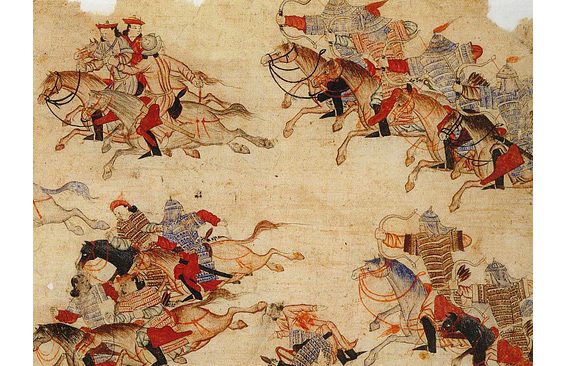
General History Quiz 66
Weekly 10 Question History Quiz.
See how your history knowledge stacks up!
1. What year did the Mongol empire reach it’s greatest extent?
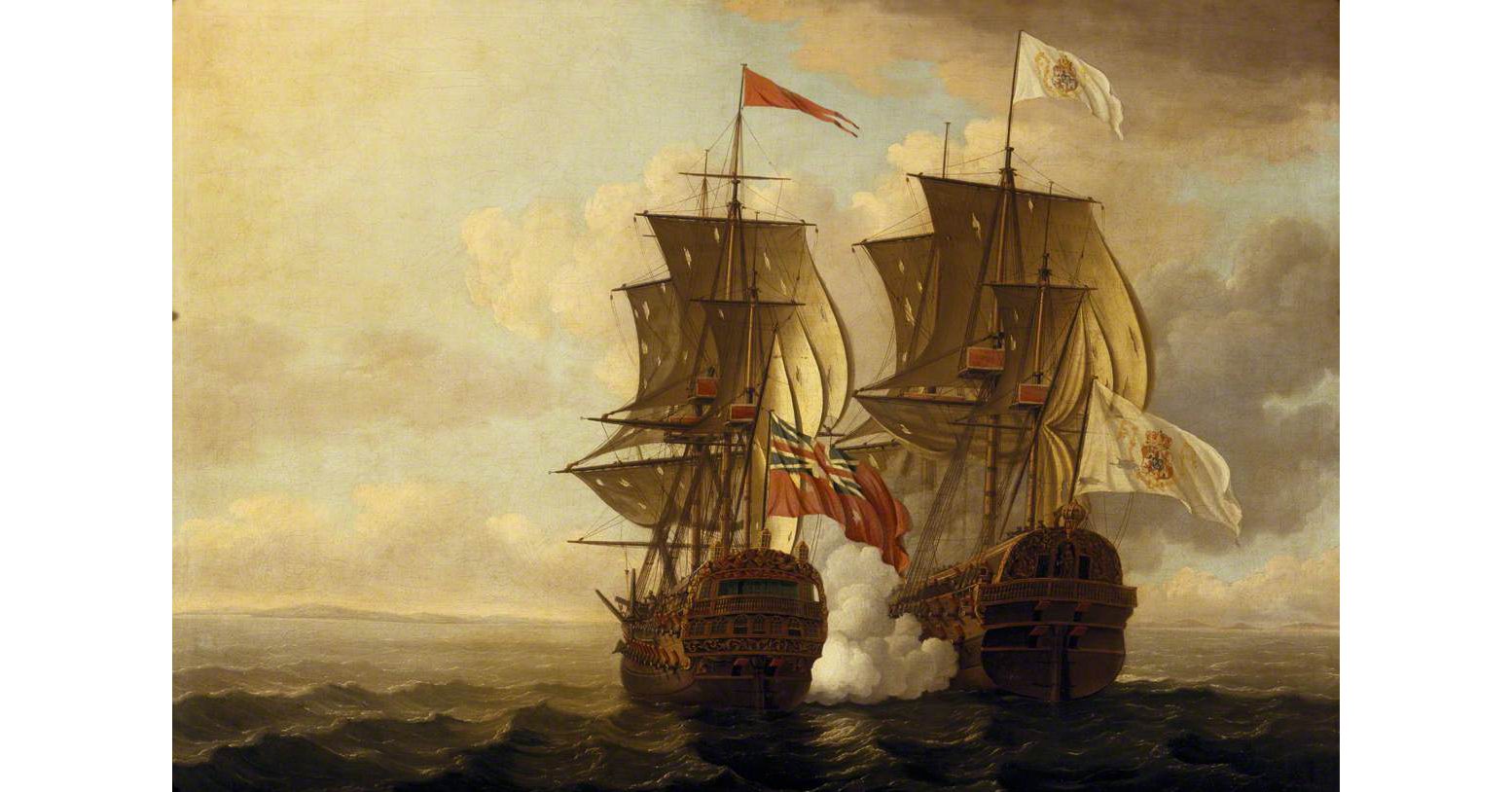
Weekly History Quiz No.266
1. Which Empire operated the Manila Galleon trade?
Try the full 10 question quiz.
The text of this article is republished from HNN in accordance with their republishing policy.

